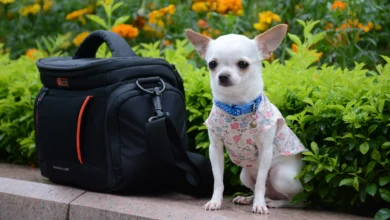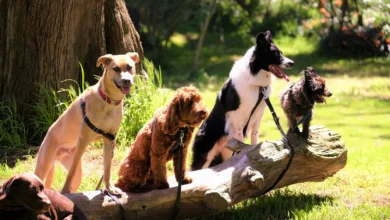Best Guard Dogs for Home Protection
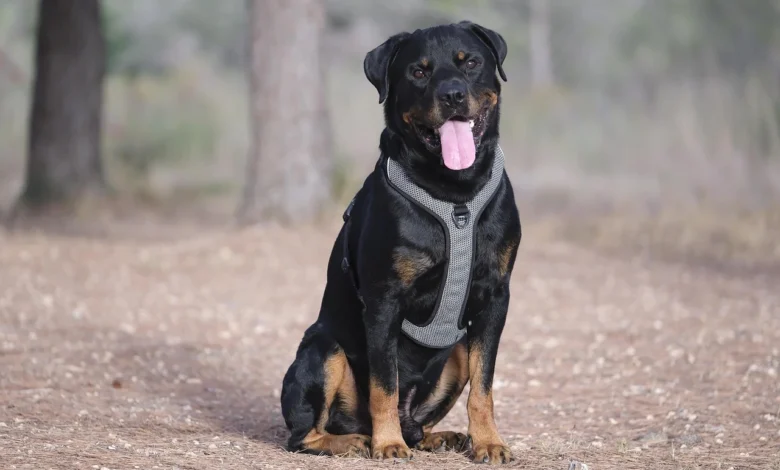
Imagine coming home to a space where every corner feels safe—where loyalty and vigilance stand beside you. For many, this peace of mind comes from a four-legged companion bred not just for companionship but protection. Choosing the right breed isn’t just about aesthetics; it’s about finding a partner that balances courage with calmness.
Historically, certain breeds have been trusted to defend homes and families. The Akita, for example, combines quiet dignity with fierce loyalty. Similarly, the Anatolian Shepherd Dog uses its size and intelligence to patrol vast territories. These animals aren’t merely pets—they’re guardians, instinctively attuned to potential threats.
Modern security needs have evolved, but the value of a reliable protector remains timeless. Whether you prioritize a large dog with an imposing presence or a breed known for its alertness, understanding their instincts is key. The best choices merge physical strength with a temperament suited to family life.
Introduction to Guard Dogs for Home Protection
The bond between humans and their four-legged protectors spans centuries, rooted in trust and instinct. While modern security systems offer technology-driven solutions, a well-chosen breed provides unmatched vigilance paired with emotional connection. These animals aren’t just pets—they’re partners in safety, shaped by generations of selective traits.
Understanding the Role of a Guard Dog
Historically, certain breeds were bred to deter intruders or alert families to danger. The American Kennel Club notes,
“A true protector combines territorial awareness with discernment—barking at threats while remaining calm around loved ones.”
For example, Dobermans were originally trained as estate guardians, while Boxers served as wartime messengers. Theirloyaltyisn’t learned—it’s woven into their DNA.
The Importance of Home Security
Choosing the right companion means balancing strength with a gentle demeanor. A family-oriented breed like the Bullmastiff excels at distinguishing friends from strangers. Studies show households with kids often prioritize breeds that are patient yet assertive. Below is a comparison of traits that enhance home safety:
| Breed | Natural Instinct | Family-Friendly | Training Needs |
|---|---|---|---|
| German Shepherd | High alertness | Yes (with socialization) | Moderate |
| Rottweiler | Territorial | Yes (older children) | High |
| Bernese Mountain Dog | Watchful | Excellent | Low |
Ultimately, the best protectors blend courage with companionship. They don’t just secure your space—they become part of your story.
Related post: What I Wish I Knew Before Getting A Second Dog?
Top Rated Guard Dog Breeds: A Closer Look
Selecting a four-legged protector involves more than instinct—it’s about matching traits to your lifestyle. While size and physical presence matter, a breed’s historical role and adaptability to modern homes shape its effectiveness. Let’s explore standout options backed by kennel club data and expert insights.
Breed Overviews from Multiple Sources
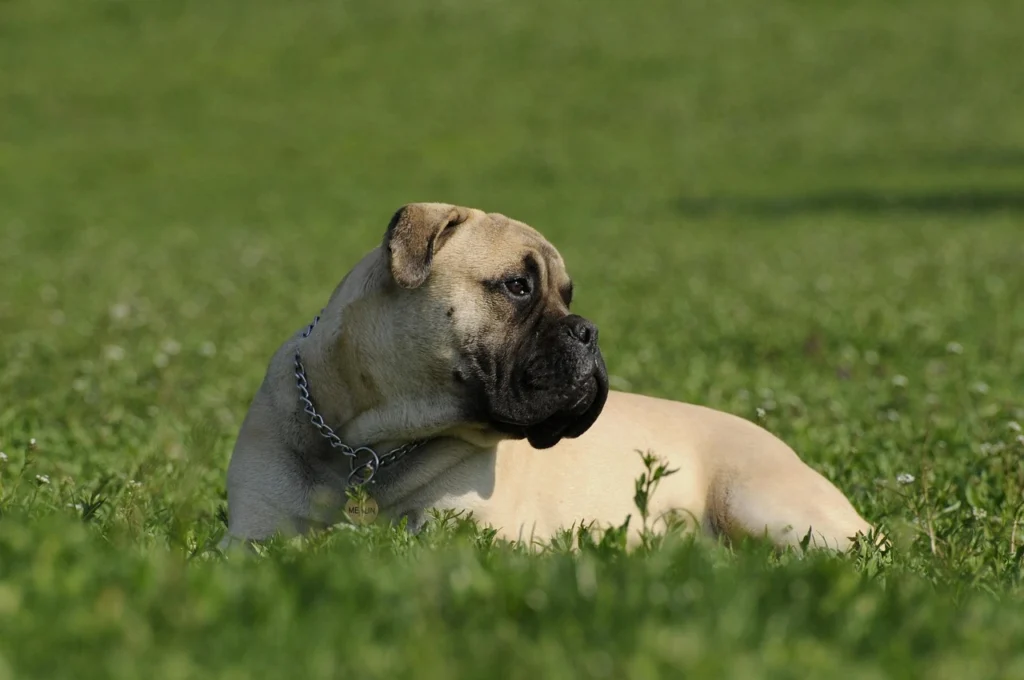
The Doberman Pinscher, originally bred for personal protection, combines speed with sharp intelligence. According to the American Kennel Club,
“Dobermans thrive on structured training, requiring mental challenges to channel their alertness productively.”
They typically weigh 60-100 lbs, making them agile yet imposing.
In contrast, the Anatolian Shepherd Dog excels in patrolling large properties. Weighing up to 150 lbs, their independence stems from centuries of guarding livestock. Unlike breeds needing constant direction, they rely on instinctual judgment.
| Breed | Weight | Temperament | Training Complexity |
|---|---|---|---|
| Doberman Pinscher | 60-100 lbs | Energetic, loyal | High |
| Anatolian Shepherd | 80-150 lbs | Independent, watchful | Moderate |
| Bullmastiff | 100-130 lbs | Calm, assertive | Low |
Notable Mentions and Unique Qualities
Smaller breeds like Dachshunds often surprise with their vigilance. Though weighing under 30 lbs, their loud barks and territorial nature make them effective alarms. For urban homes, their compact size balances security with practicality.
Each breed offers distinct advantages. The Bullmastiff’s quiet confidence deters intruders without excessive barking, while German Shepherds adapt seamlessly to family routines. Your home’s layout and your commitment to training will determine the ideal match.
Essential Traits That Make an Excellent Guard Dog
What defines a reliable protector? It’s not just muscle or bark—it’s a blend of instinct, physique, and temperament. The best dog breeds for security balance these elements seamlessly, adapting to both threats and family routines.
Physical Attributes and Size Considerations
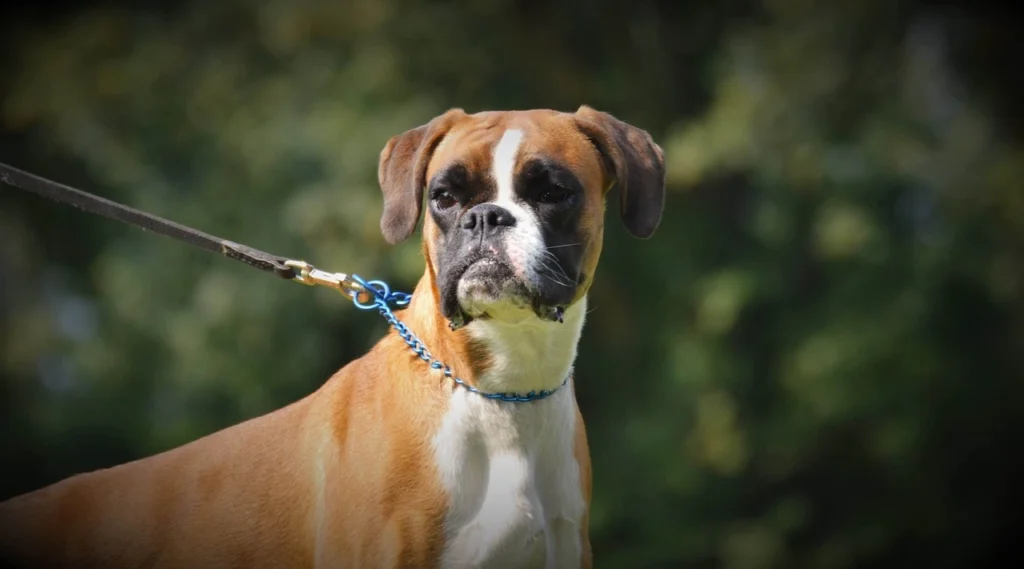
Size matters, but so does agility. Larger breeds like Rottweilers naturally deter intruders through their imposing presence. However, strength must pair with stamina—think German Shepherds, built to patrol for hours. Smaller options like Boxers use compact frames for quick reactions.
| Breed | Weight | Alertness Level | Family Compatibility |
|---|---|---|---|
| Rottweiler | 80-135 lbs | High | Moderate |
| Doberman | 60-100 lbs | Extreme | With training |
| Boxer | 50-80 lbs | Moderate-High | Excellent |
| Bullmastiff | 100-130 lbs | Steady | High |
Temperament and Protective Instincts
Loyalty separates true protectors from merely loud companions. As one trainer notes,
“A well-socialized breed will bark at strangers but nuzzle your toddler.”
Breeds suited for homes with dog breeds kids mix vigilance with patience—Bullmastiffs often ignore harmless visitors but react decisively to real dangers.
Proper training sharpens these instincts. For example, Boxers taught obedience young channel their energy into controlled responses. Without guidance, even excellent guard dogs may misread situations. Your effort determines whether raw potential becomes reliable safety.
Guard Dogs for Family and Kids: Safety and Compatibility
Finding a protector that doubles as a family companion requires balancing safety with warmth. Not every breed suits homes with children, but some excel at merging vigilance with gentle playfulness. The smartest breeds adapt their instincts to household dynamics, offering security without sacrificing affection.
Family-Friendly Breeds
Breeds like the Airedale Terrier stand out for their patience and adaptability. Known as the “King of Terriers,” this best dog for active families combines curiosity with a protective streak. Bernese Mountain Dogs, though large, are famously gentle with breeds kids, using their calm demeanor to soothe rather than intimidate.
| Breed | Gentleness Score | Trainability | Energy Level |
|---|---|---|---|
| Airedale Terrier | High | Moderate | Active |
| Bernese Mountain Dog | Excellent | Low | Moderate |
| Boxer | High | Moderate-High | Energetic |
Training and Socialization Tips
Early socialization shapes a reliable family partner. AKC experts recommend exposing puppies to diverse sounds and people by age 12 weeks. As one trainer explains,
“Positive reinforcement helps shepherd dog breeds channel their alertness into controlled responses. Reward calm behavior around strangers to build trust.”
Structured routines matter. Teach basic commands like “leave it” to prevent overprotectiveness. For proper training, mix short sessions with play to keep their focus. A well-socialized protector knows when to stand watch—and when to fetch a ball.
Choosing the Right Guard Dogs for Your Home
Selecting a four-legged protector isn’t about picking the toughest-looking breed—it’s about aligning instincts with your daily life. Your home’s layout, activity level, and family dynamics all shape which companion will thrive. A mismatch could lead to stress for both you and the animal.
Key Factors When Selecting a Breed
Start by evaluating your space. Breeds like the Bernese mountain dog need room to roam, while compact homes suit smaller, alert varieties. Energy levels matter too—high-drive breeds require daily exercise to stay focused on protection tasks.
Dogs natural instincts should complement your lifestyle. For example, the giant schnauzer combines intelligence with loyalty, making them adaptable to urban or rural settings. As one trainer notes:
“A breed’s historical role predicts its modern strengths. Livestock guardians excel in open areas, while companion-focused types prioritize close bonds.”
Consider these criteria when deciding:
- Size: Larger breeds deter intruders but need more food and space.
- Training needs: Some need proper guidance to balance protectiveness with calmness.
- Family fit: Gentle giants like mastiffs make excellent choices for households with kids.
The giant schnauzer illustrates this balance—powerful enough to intimidate, yet trainable for precise commands. Whether you choose a mountain dog for acreage or a vigilant terrier for apartments, success hinges on matching their nature to your world.
Expert Insights on Guard Dog Training and Care
Training a protective companion requires more than commands—it’s about building trust through consistency and understanding. Professionals emphasize that successful partnerships hinge on meeting both physical and emotional needs. As Gina DiNardo, AKC spokesperson, notes:
“A well-trained protector thrives when their working instincts are respected. Mental stimulation matters as much as physical exercise.”
Advice from Dog Trainers and Veterinarians
Bradley Phifer, executive director of the Certification Council for Professional Dog Trainers, highlights challenges. “Breeds like the Doberman pinscher need structured tasks to stay focused. Without purpose, they may develop destructive habits.” Daily routines should blend obedience drills with interactive play.
Dr. Anita Patel, a veterinary behaviorist, stresses health fundamentals. “High-energy breeds require joint supplements and regular checkups. A tired dog isn’t always a healthy one—balance activity with recovery.”
Maintaining a Healthy and Focused Guard Dog
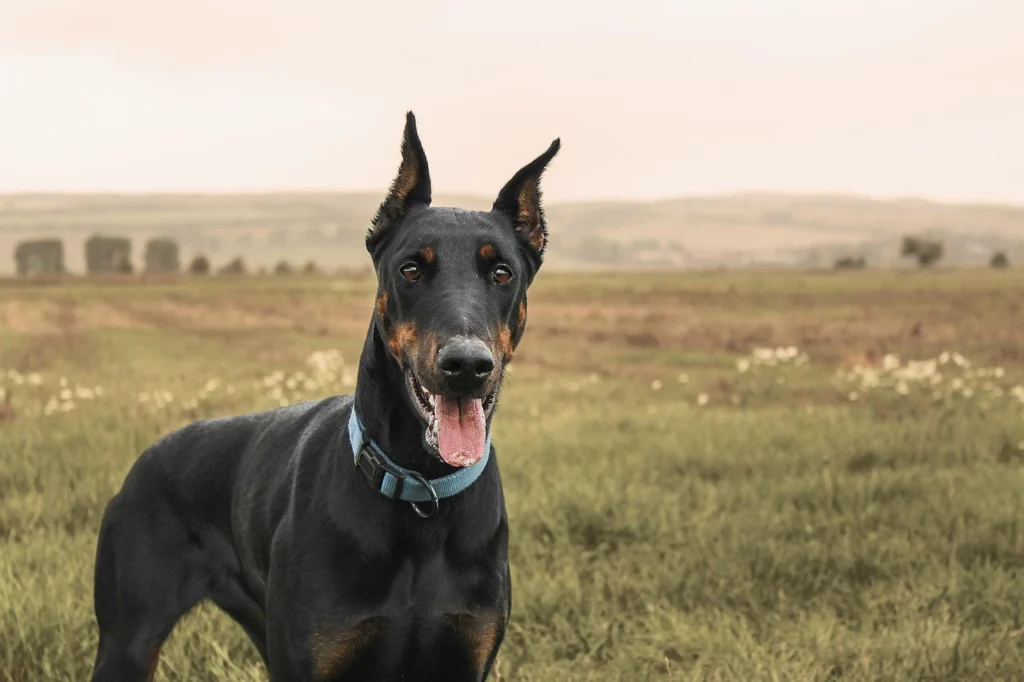
Urban living? Size and energy matter. While shepherd breeds adapt to apartments with enough exercise, their alertness can lead to stress in noisy areas. Create quiet zones and stick to predictable schedules to reduce anxiety.
| Breed | Daily Exercise | Mental Challenges |
|---|---|---|
| Doberman Pinscher | 90+ minutes | Puzzle toys, agility |
| German Shepherd | 60-90 minutes | Scent work, commands |
| Bullmastiff | 45 minutes | Interactive feeding |
Proper Training Methods and Daily Care
Start socialization early. Expose puppies to diverse environments to prevent overprotectiveness. Use positive reinforcement—reward calm behavior around strangers. For breeds with strong love of routines, consistency is key. A 10-minute training session after meals keeps skills sharp without overwhelming them.
Remember: mutual respect strengthens the bond. Your effort shapes their reliability. As Phifer says, “They don’t follow commands—they follow leaders they trust.”
Conclusion
Your home is more than walls—it’s a sanctuary shaped by trust. Choosing a four-legged partner means balancing natural instinct with your daily life. Breeds like the loyal Akita or vigilant German Shepherd offer security through their heritage, while smaller terrier varieties provide compact alertness.
Successful matches depend on three factors: temperament, space, and training. Animals with herding backgrounds often excel at reading environments, their instincts sharpened over generations. For apartments, a terrier’s energy and bark might suit better than a large breed’s physical presence.
Prioritize socialization early. Well-trained animals distinguish threats from harmless visitors, blending protection with companionship. Those with herding instincts may naturally patrol your space, while others require structured guidance to channel their drive.
Before deciding, consult trainers or breed clubs. Every home’s needs differ—what works for rural properties might overwhelm urban settings. When cared for thoughtfully, these loyal animals become irreplaceable partners, merging safety with unwavering devotion.
FAQ
Which breeds are both protective and safe around children?
Breeds like the Boxer, Bullmastiff, and Bernese Mountain Dog combine loyalty with a gentle nature. Early socialization ensures they bond well with kids while maintaining their protective instincts.
What physical traits should you prioritize in a home-protection breed?
Focus on size, strength, and alertness. Larger breeds like German Shepherds or Rottweilers naturally deter intruders, but ensure their energy levels match your living space.
Can smaller breeds be effective for security?
Yes. Compact dogs like Miniature Schnauzers or Boston Terriers excel as watchdogs due to their sharp senses and vocal nature, though they lack the intimidation factor of larger breeds.
How long does it take to train a reliable protection dog?
Consistent training over 6–18 months is typical. Professional guidance helps refine skills like obedience and threat detection while avoiding aggression issues.
Are certain breeds better suited for apartments?
Giant Schnauzers or Dobermans adapt well to smaller spaces if exercised daily. Avoid overly energetic breeds like Belgian Malinois unless you have ample outdoor access.
Do protective dogs require specialized diets?
High-protein diets support muscle health, especially for working breeds. Consult a vet to tailor nutrition based on activity levels and avoid obesity, which impacts performance.
What alternatives exist if a full-time guard dog isn’t feasible?
Install motion-sensor cameras paired with a watchdog breed like a Beagle. Their loud barking alerts you to strangers, complementing tech-based security systems.


